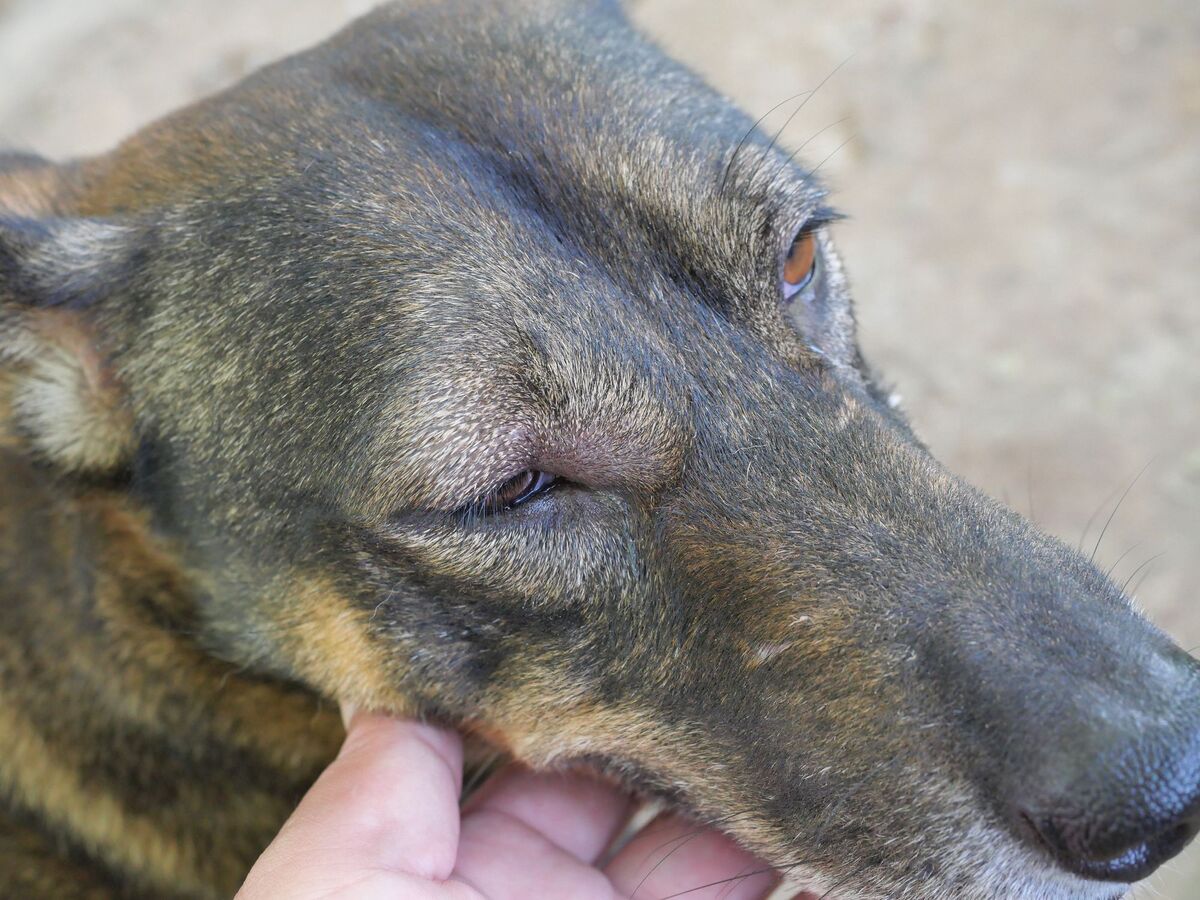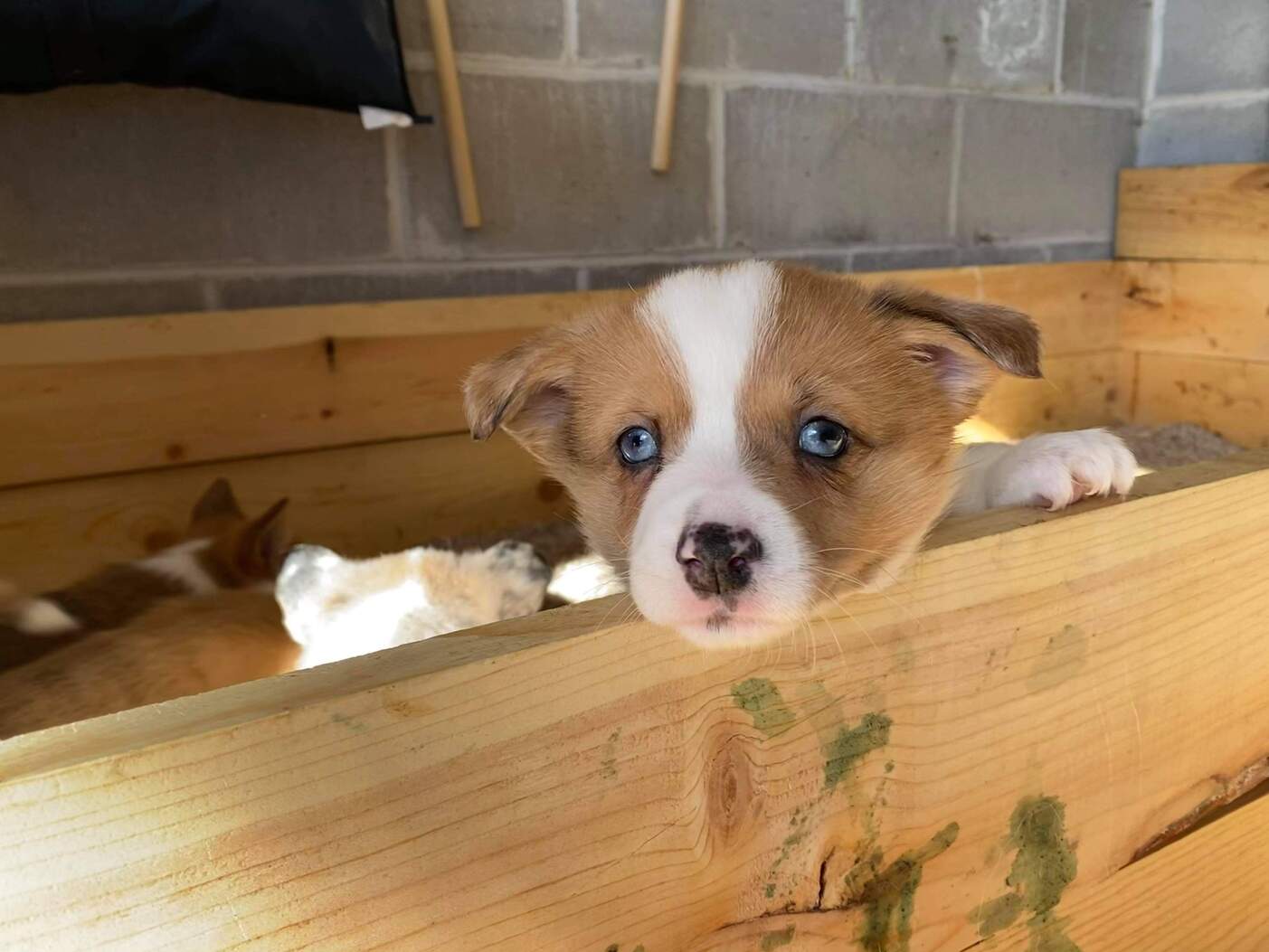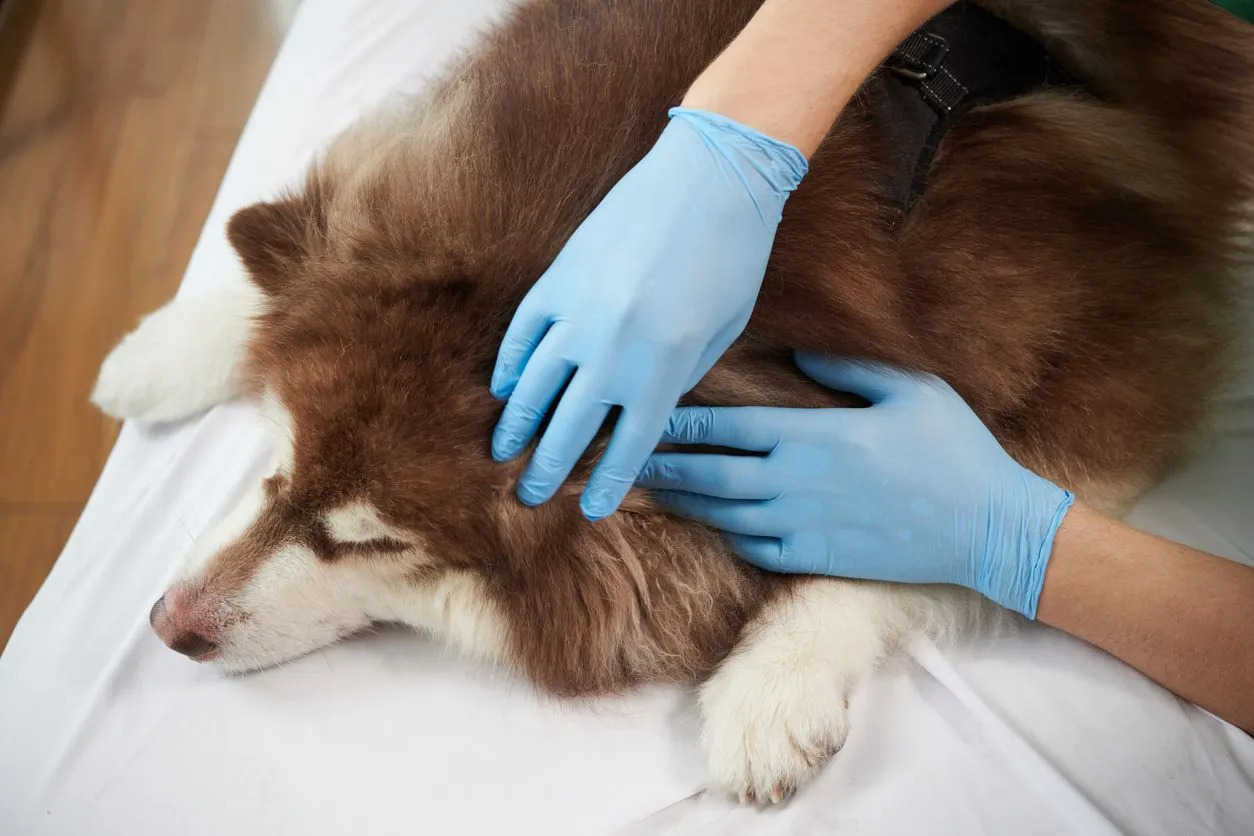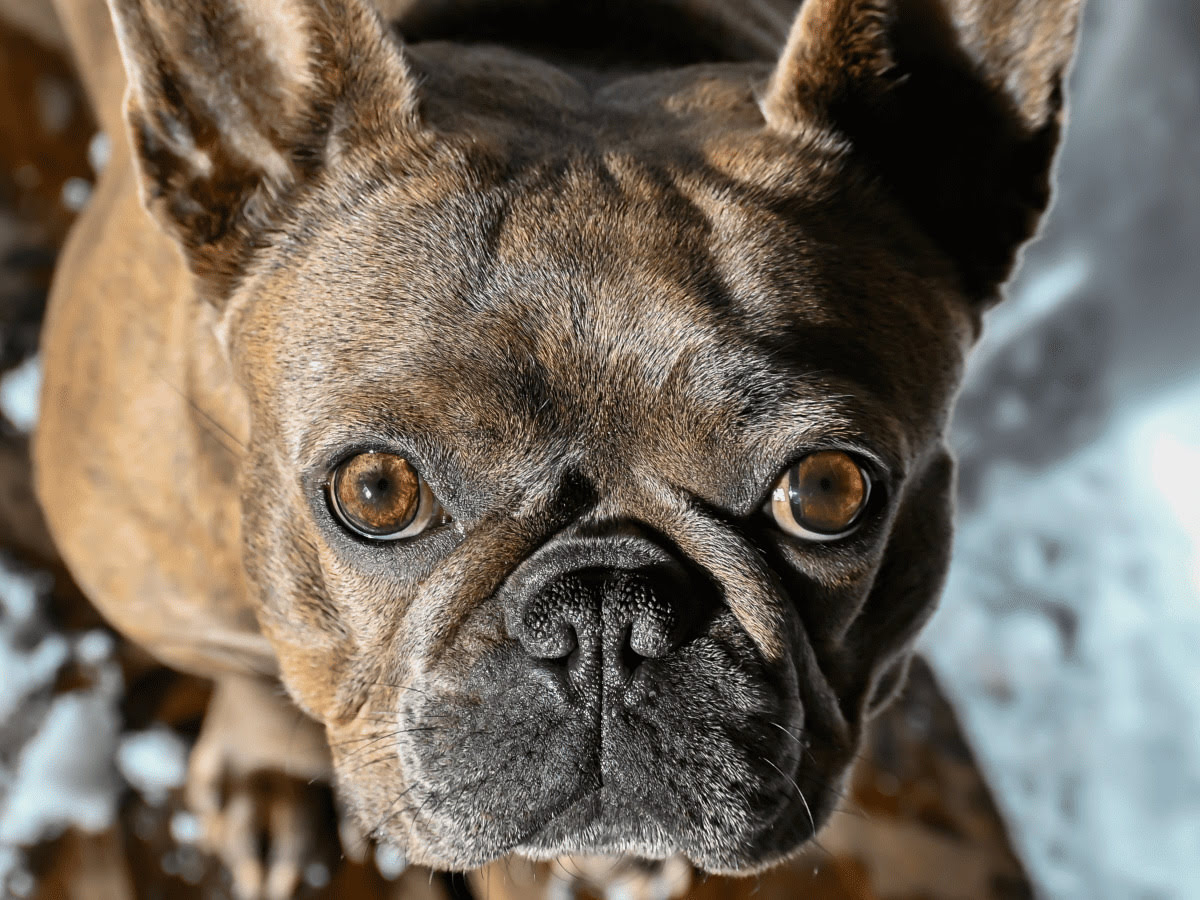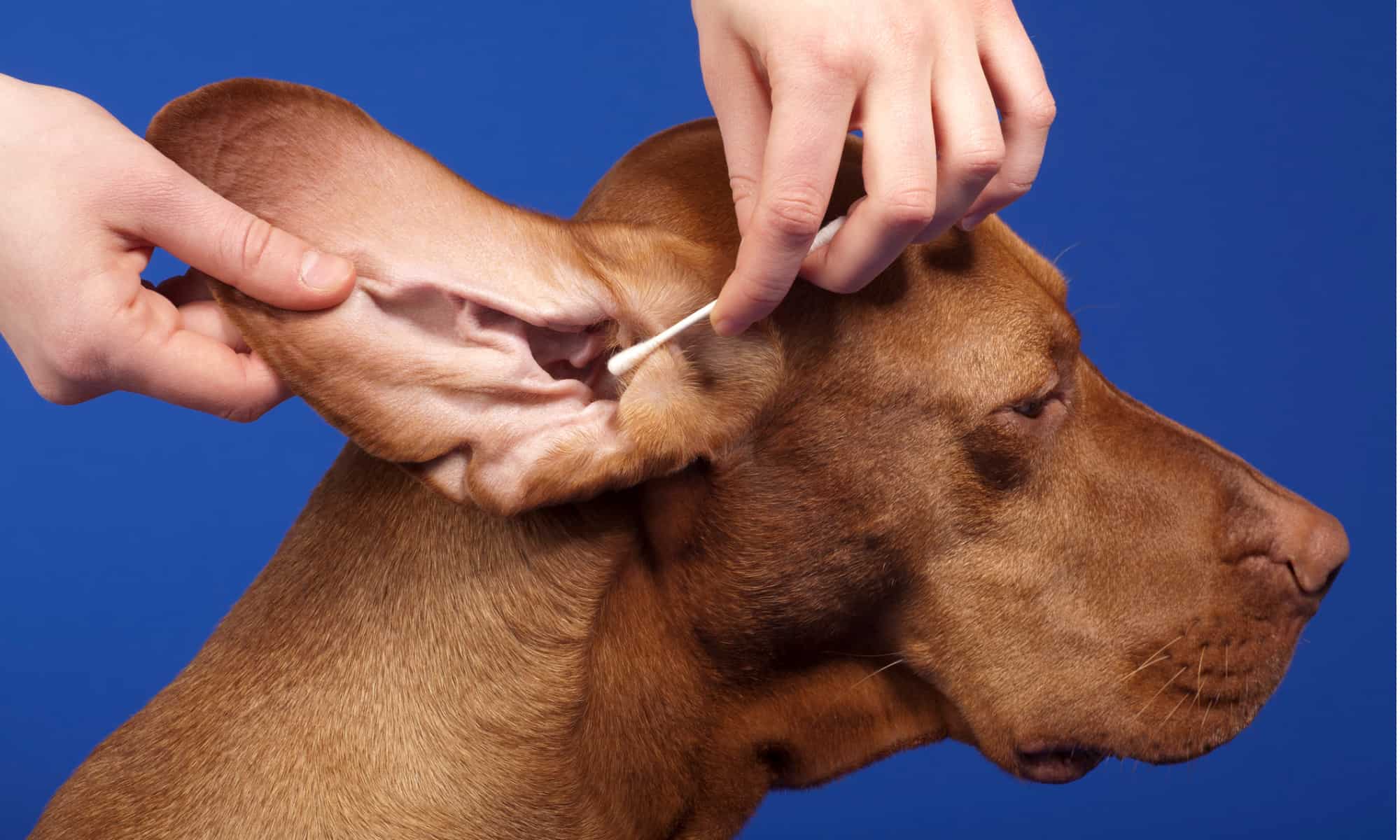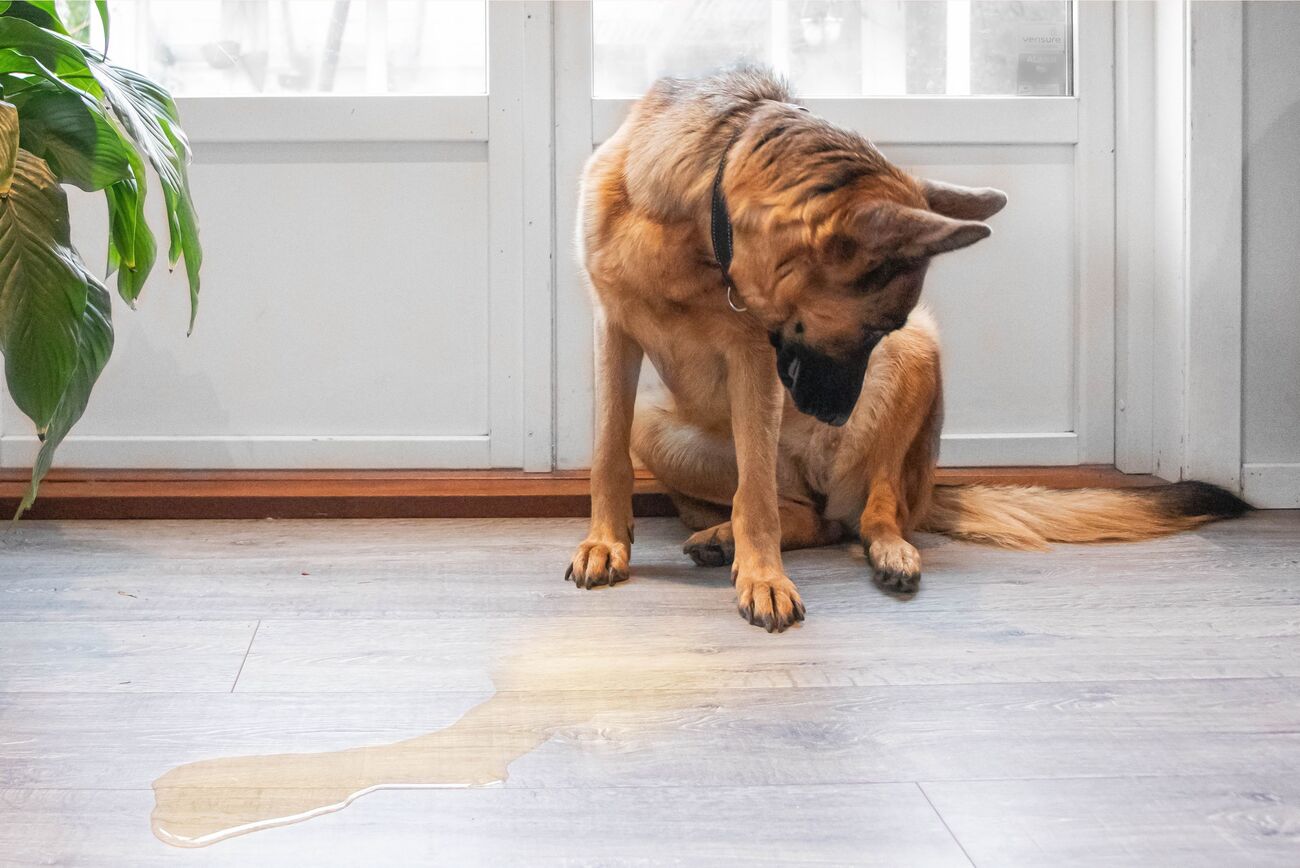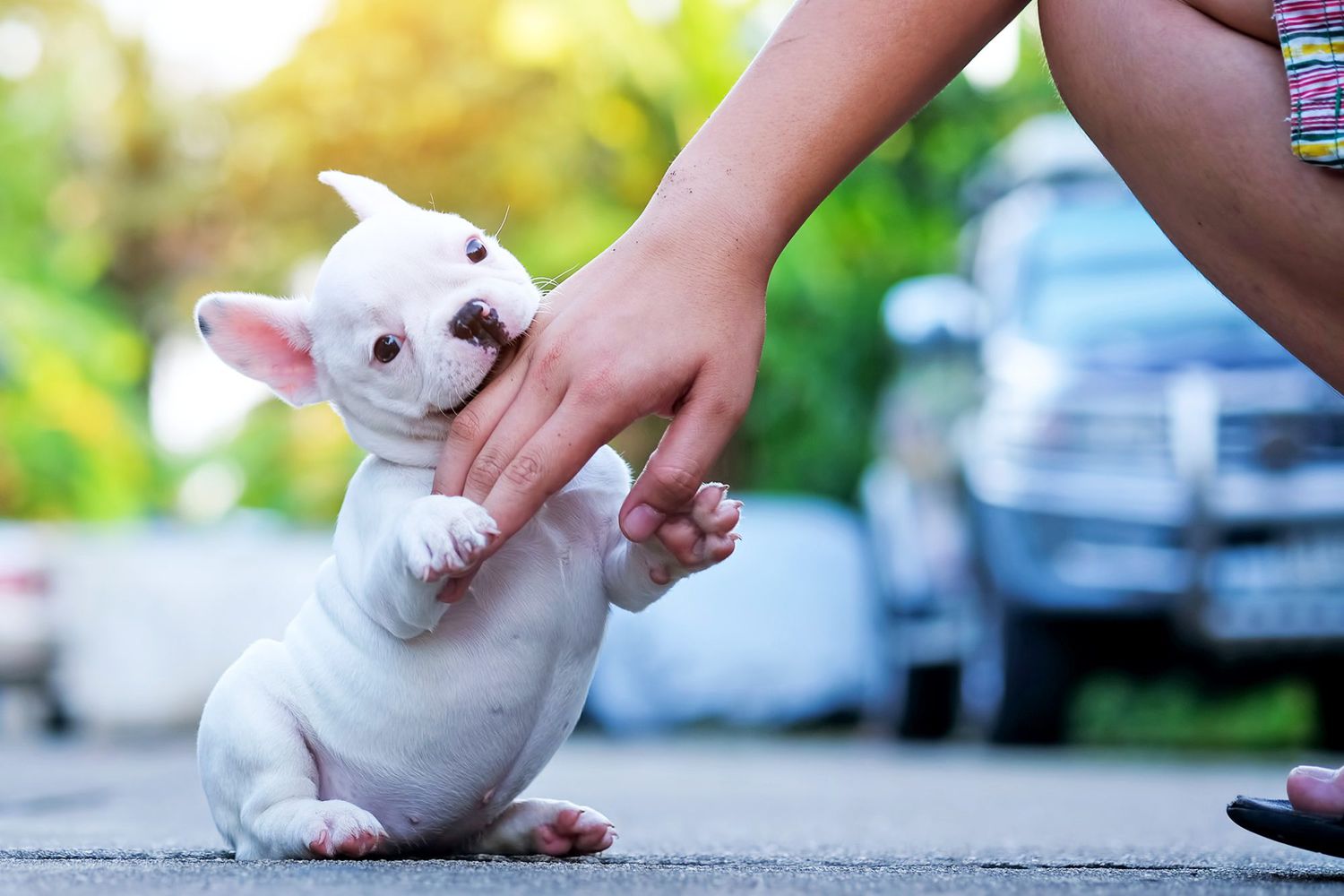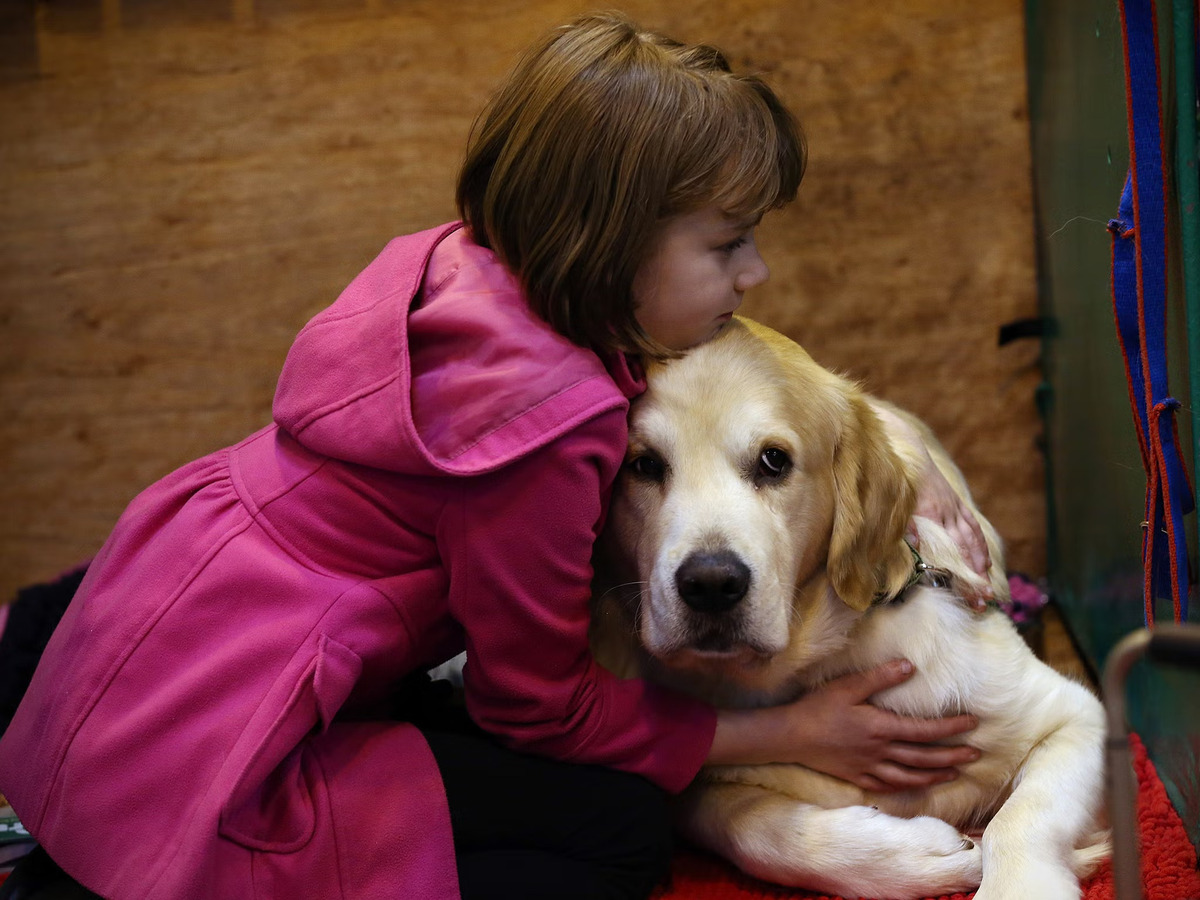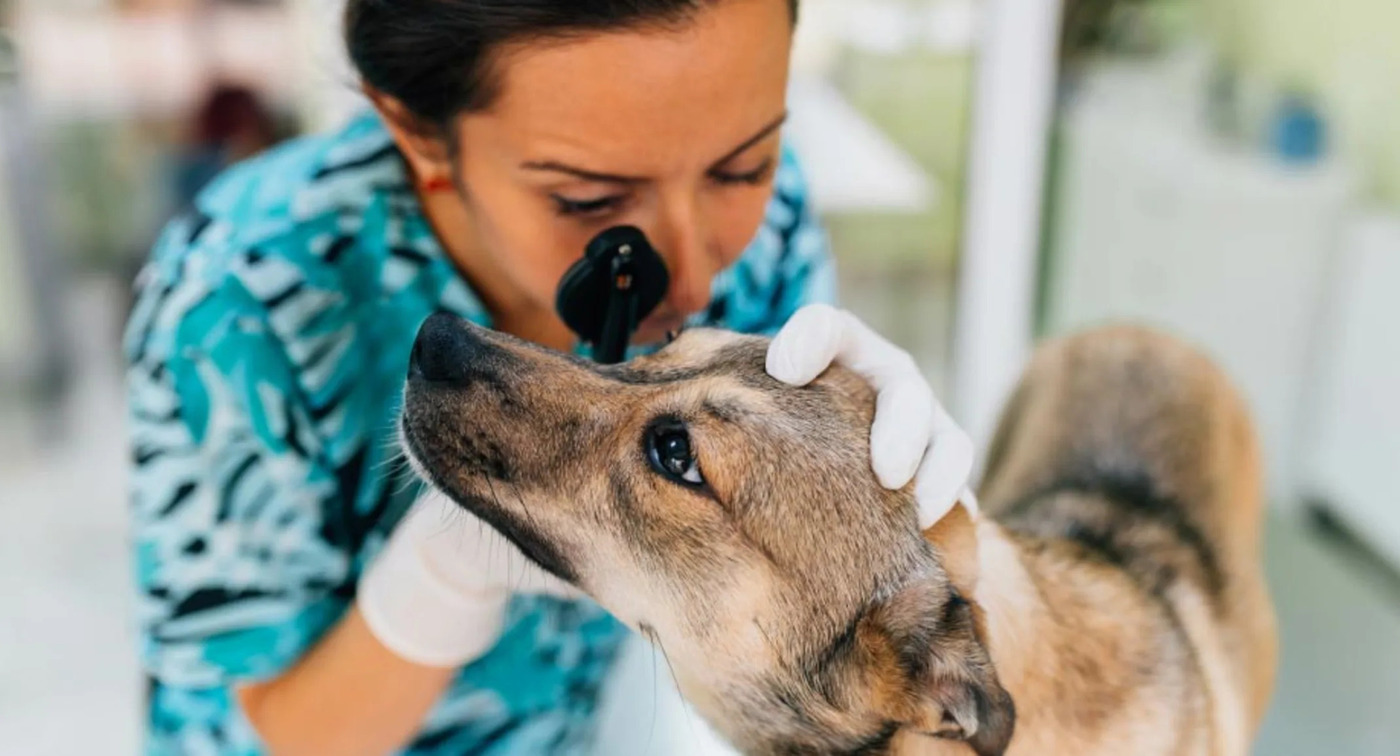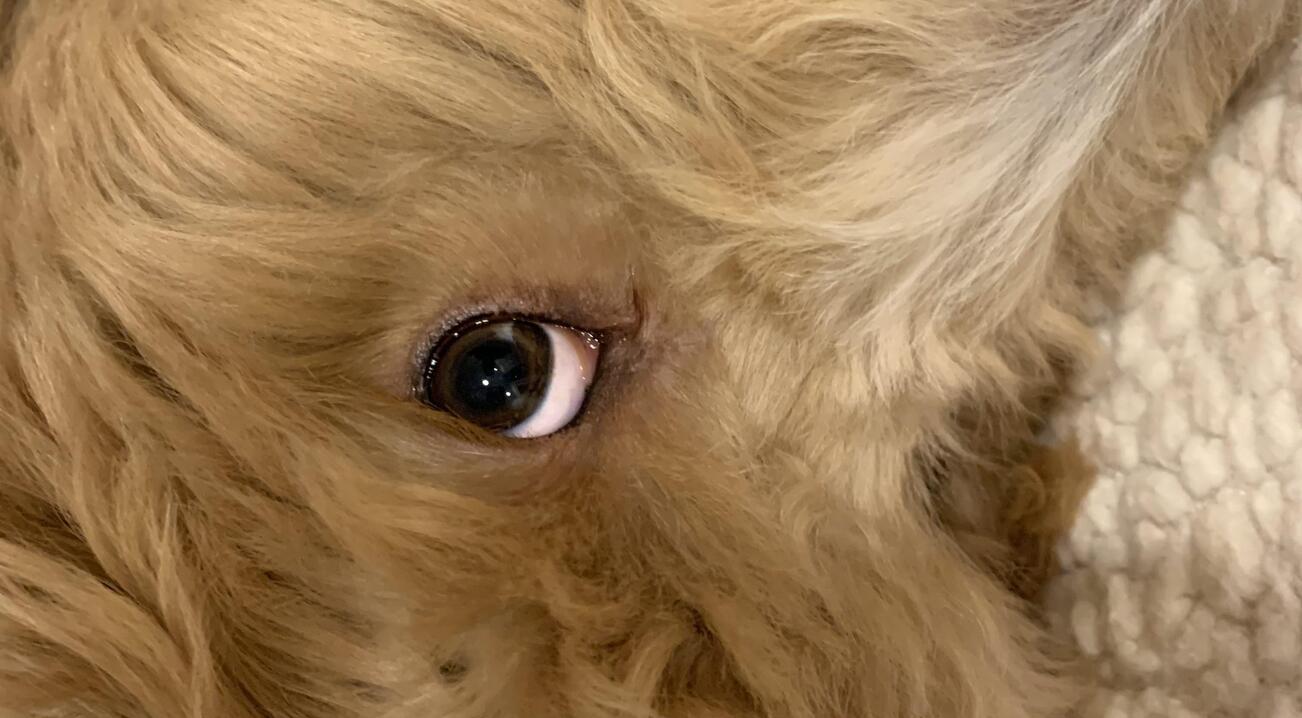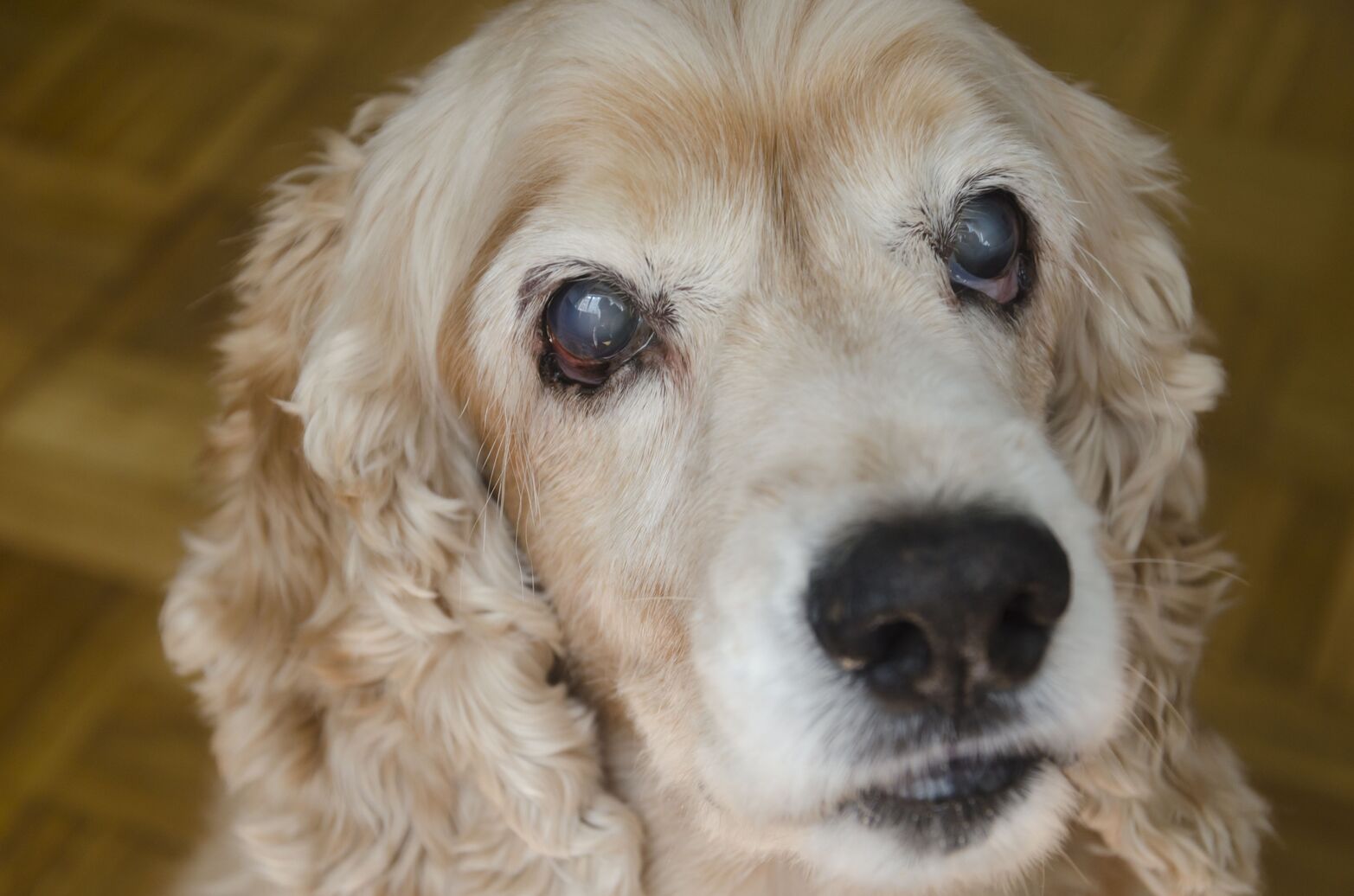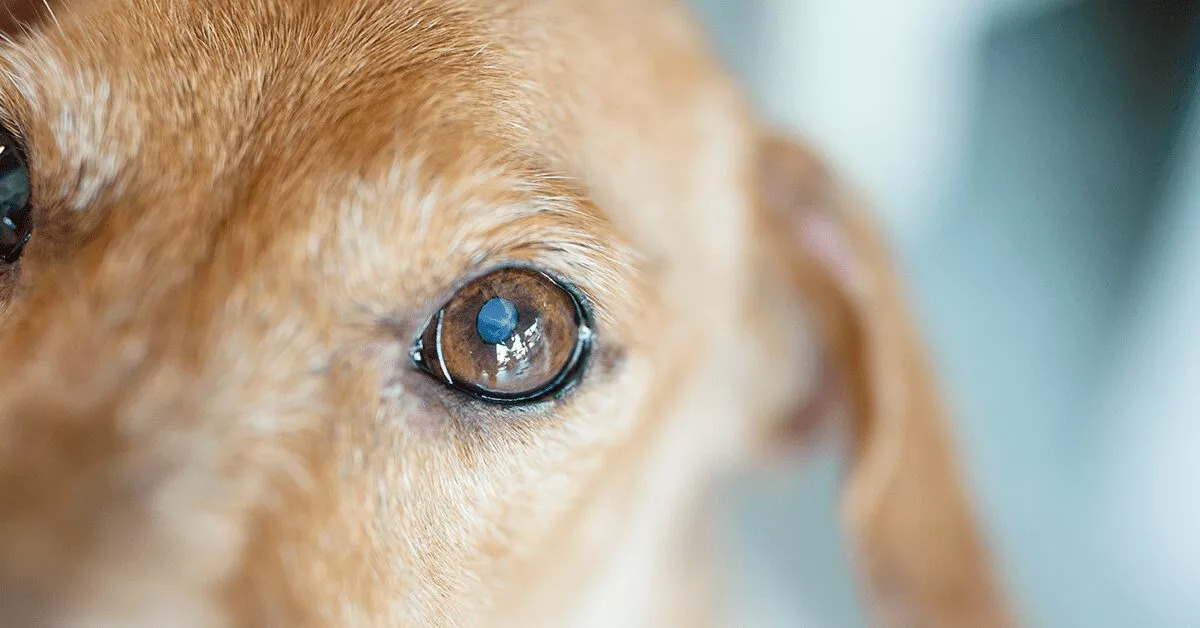Home>Health & Wellness>Common Health Issues>Eye and Ear Health>Why Do Dogs Have Eyelashes
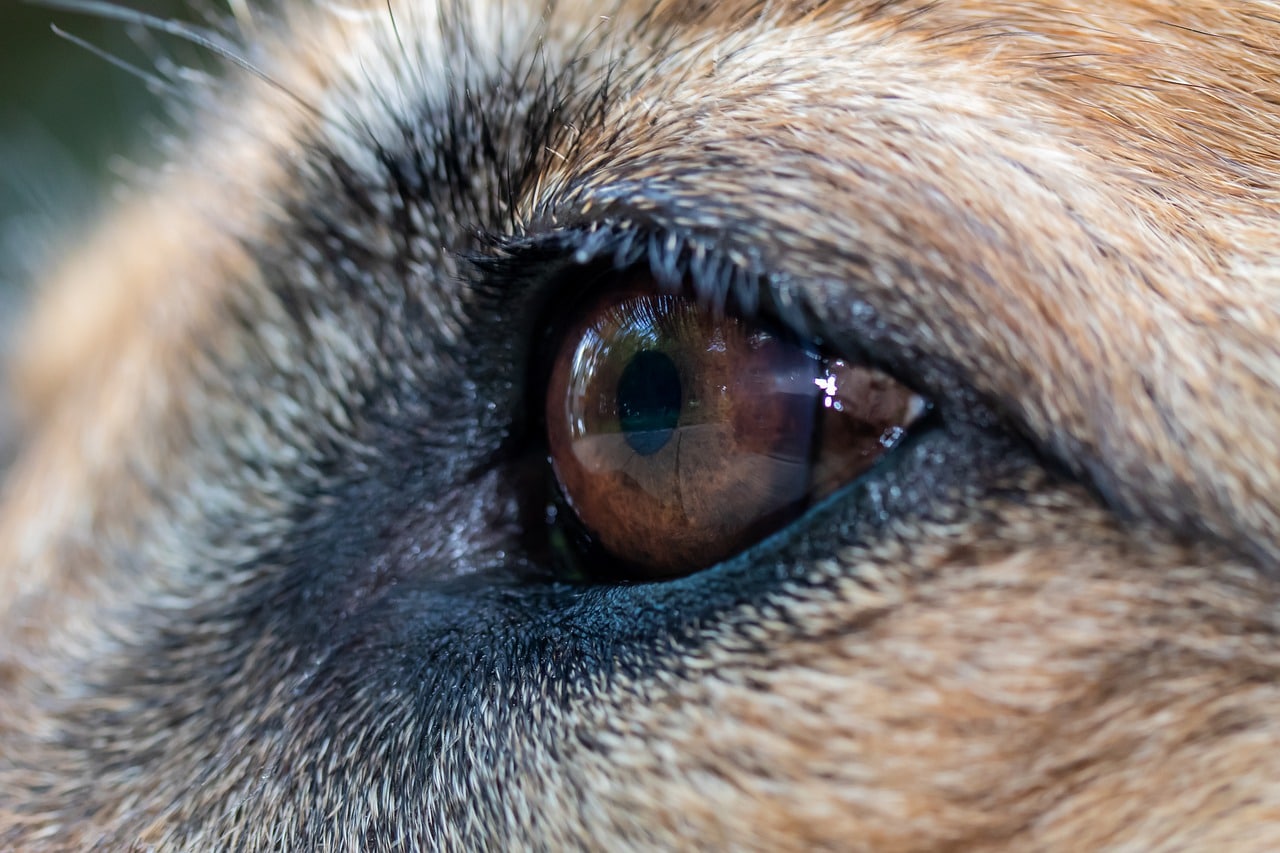

Eye and Ear Health
Why Do Dogs Have Eyelashes
Published: February 12, 2024
Learn about the importance of eye and ear health for dogs and why they have eyelashes. Discover how to care for your dog's eye and ear health.
(Many of the links in this article redirect to a specific reviewed product. Your purchase of these products through affiliate links helps to generate commission for Pawsomeoldies.com, at no extra cost. Learn more)
Table of Contents
Introduction
Dogs are known for their expressive eyes, which often convey a wide range of emotions, from joy and excitement to curiosity and affection. One of the most intriguing features of a dog's eyes is their eyelashes. While humans often associate long, fluttering eyelashes with beauty and charm, the purpose of eyelashes in dogs goes beyond aesthetics. These delicate yet functional hairs play a crucial role in protecting a dog's eyes from various environmental elements and potential harm.
Understanding the significance of eyelashes in dogs requires a closer look at their anatomy and the evolutionary adaptations that have shaped these furry companions over time. By delving into the purpose, evolution, and function of eyelashes in dogs, we can gain a deeper appreciation for these remarkable creatures and the intricate design of their visual faculties.
Read more: Why Do Dogs Have Allergies
The Purpose of Eyelashes in Dogs
The purpose of eyelashes in dogs extends far beyond mere adornment. These seemingly delicate hairs serve a crucial function in safeguarding a dog's eyes from potential harm and maintaining their overall ocular health. Unlike humans, who often associate long and fluttering eyelashes with aesthetics, dogs' eyelashes are designed to provide essential protection and enhance their visual well-being.
The primary role of eyelashes in dogs is to act as a barrier against foreign objects, such as dust, dirt, and debris, that could potentially enter their eyes. When a dog roams outdoors or explores its surroundings, its eyelashes serve as a first line of defense, helping to prevent particles from making direct contact with the sensitive surface of the eye. This protective function is particularly vital in windy or dusty environments, where airborne particles pose a constant threat to ocular health.
Moreover, the length and positioning of a dog's eyelashes are optimized to deflect moisture, such as rain or snow, away from the eyes. By doing so, the eyelashes aid in maintaining clear vision and preventing irritation caused by excessive moisture exposure. This feature is especially beneficial for dogs that spend a significant amount of time outdoors, as it helps to ensure their visual acuity remains uncompromised in various weather conditions.
In addition to shielding the eyes from external elements, the eyelashes in dogs play a crucial role in signaling potential danger. When an object comes into close proximity to a dog's eyes, the sensitive nerve endings at the base of the eyelashes trigger a protective reflex, prompting the dog to blink or avert its gaze. This involuntary response helps to further shield the eyes from harm and is an essential part of a dog's natural defense mechanism.
Overall, the purpose of eyelashes in dogs is multifaceted, encompassing protective, sensory, and environmental adaptation functions. Through their intricate design and strategic placement, these unassuming hairs contribute significantly to the overall well-being and visual health of our beloved canine companions. Understanding the purpose of eyelashes in dogs sheds light on the remarkable adaptations that have evolved to ensure the resilience and vitality of these loyal and endearing creatures.
The Evolution of Eyelashes in Dogs
The evolution of eyelashes in dogs is a testament to the remarkable adaptations that have shaped these beloved companions over millennia. As descendants of wolves, dogs have undergone a series of evolutionary changes, including the development of specialized features to thrive in diverse environments. The evolution of eyelashes in dogs reflects a convergence of biological, environmental, and behavioral factors that have contributed to the refinement of their visual faculties.
The ancestral origins of dogs can be traced back to their wild progenitors, the wolves, who inhabited a range of habitats, from dense forests to open plains. Throughout their evolutionary journey, dogs have adapted to various ecological niches, each presenting distinct challenges and opportunities. The development of eyelashes in dogs can be viewed as a response to the need for ocular protection in these diverse environments.
The earliest ancestors of dogs likely possessed rudimentary eyelashes that provided basic shielding from environmental elements. Over time, as dogs diversified and spread across different landscapes, natural selection favored individuals with eyelashes that offered enhanced protection and sensory capabilities. This gradual refinement of eyelash structure and function allowed dogs to thrive in a wide array of habitats, from arid deserts to snowy tundras.
The evolution of eyelashes in dogs also reflects the intricate interplay between form and function. As dogs adapted to varying light conditions, their eyelashes evolved to optimize visual acuity and protect their eyes from excessive glare. In bright, sunlit environments, longer and denser eyelashes helped to reduce the intensity of light entering the eyes, enhancing their ability to perceive their surroundings with clarity and precision.
Furthermore, the evolution of eyelashes in dogs is closely intertwined with their social and behavioral dynamics. As pack animals, dogs rely on visual cues and nonverbal communication to navigate their social interactions. The presence of well-adapted eyelashes not only safeguards their eyes during group activities but also facilitates subtle visual signaling within the pack, contributing to their cohesive social structure.
In essence, the evolution of eyelashes in dogs is a testament to the intricate interplay between genetic adaptation, environmental pressures, and behavioral needs. The gradual refinement of eyelash structure and function has endowed dogs with a vital defense mechanism and enhanced visual capabilities, enabling them to thrive in diverse ecosystems and forge enduring bonds with humans. Understanding the evolutionary significance of eyelashes in dogs provides a profound insight into the enduring legacy of these remarkable creatures.
The Function of Eyelashes in Protecting Dogs' Eyes
The function of eyelashes in dogs extends far beyond their aesthetic appeal, playing a pivotal role in safeguarding the ocular health and overall well-being of our beloved canine companions. These seemingly delicate hairs serve as a crucial line of defense, shielding a dog's eyes from a myriad of potential hazards present in their environment.
One of the primary functions of eyelashes in dogs is to act as a protective barrier against foreign objects. When a dog explores its surroundings, its eyelashes serve as a first line of defense, intercepting dust, dirt, and debris that could otherwise make direct contact with the sensitive surface of the eye. This essential function helps to prevent irritation, injury, and potential infections, preserving the clarity and health of the dog's vision.
Moreover, the strategic positioning and length of a dog's eyelashes are optimized to deflect moisture away from the eyes. Whether it's rain, snow, or splashing water, the eyelashes play a vital role in preventing excessive moisture from impeding a dog's vision and causing discomfort. This feature is particularly beneficial for dogs that spend a significant amount of time outdoors, ensuring that their visual acuity remains uncompromised in various weather conditions.
In addition to physical protection, the eyelashes in dogs also serve as sensory organs, equipped with sensitive nerve endings at their base. When an object comes into close proximity to a dog's eyes, these nerve endings trigger a protective reflex, prompting the dog to blink or avert its gaze. This instinctive response helps to further shield the eyes from harm, preventing potential injuries and maintaining the dog's ocular health.
Furthermore, the function of eyelashes in dogs is intricately linked to their natural defense mechanisms. The presence of well-adapted eyelashes enables dogs to navigate their surroundings with confidence, minimizing the risk of eye-related injuries and ensuring their visual acuity remains uncompromised. This, in turn, contributes to their overall well-being and enhances their ability to engage in various activities with comfort and assurance.
Overall, the function of eyelashes in protecting dogs' eyes encompasses a multifaceted role, encompassing physical protection, sensory perception, and natural defense mechanisms. Through their intricate design and specialized function, these unassuming hairs play a pivotal role in preserving the ocular health and visual well-being of our loyal and endearing canine companions. Understanding the function of eyelashes in protecting dogs' eyes sheds light on the remarkable adaptations that have evolved to ensure the resilience and vitality of these remarkable creatures.
Grooming and Maintenance of Eyelashes in Dogs
Grooming and maintaining a dog's eyelashes is an essential aspect of overall ocular care and contributes to the preservation of their visual health. While dogs are naturally equipped with protective eyelashes, proper grooming and maintenance play a crucial role in ensuring that these delicate hairs remain in optimal condition to fulfill their protective function effectively.
Regular grooming of a dog's eyelashes involves gentle cleaning and inspection to remove any accumulated debris, dirt, or secretions that may compromise their protective capabilities. This can be done using a soft, damp cloth or specialized pet-safe wipes designed for ocular hygiene. By gently wiping along the length of the eyelashes, pet owners can help prevent the buildup of foreign particles that could potentially irritate the eyes or obstruct vision.
In addition to cleaning, the careful trimming of excessively long or unruly eyelashes may be necessary, especially in breeds with particularly lush or overgrown lashes. Trimming should be performed with precision and caution to avoid accidental injury to the delicate eye area. Professional grooming services or veterinary guidance can be sought to ensure safe and effective eyelash trimming, promoting optimal ocular health for the dog.
Furthermore, regular inspection of the eyelashes is essential to detect any signs of irritation, inflammation, or abnormal growth. Pet owners should observe the eyelashes for redness, swelling, or excessive tearing, as these may indicate underlying ocular issues that require prompt attention from a veterinarian. By staying vigilant and proactive in monitoring the condition of a dog's eyelashes, potential eye-related concerns can be identified and addressed early, preventing discomfort and promoting ocular well-being.
It is important to note that the use of any grooming products or tools near the eyes should be approached with caution, and only pet-safe and veterinarian-approved products should be utilized. Harsh chemicals, abrasive materials, or improper handling during grooming can pose risks to a dog's ocular health, underscoring the importance of gentle and informed care when tending to their eyelashes.
Overall, grooming and maintenance of a dog's eyelashes are integral components of responsible pet care, contributing to the preservation of their ocular health and visual well-being. By incorporating regular eyelash grooming into a dog's overall grooming routine, pet owners can actively contribute to the protection and maintenance of these essential protective hairs, ensuring that their canine companions enjoy clear vision and optimal ocular comfort.
Conclusion
In conclusion, the presence and function of eyelashes in dogs are a testament to the intricate adaptations and protective mechanisms that have evolved to safeguard their ocular health and overall well-being. Beyond their aesthetic appeal, the eyelashes in dogs serve a multifaceted role, encompassing protective, sensory, and environmental adaptation functions. These delicate yet resilient hairs act as a crucial line of defense, shielding a dog's eyes from potential harm posed by dust, dirt, debris, and moisture, while also serving as sensory organs equipped with sensitive nerve endings to trigger protective reflexes.
The evolutionary significance of eyelashes in dogs reflects the remarkable interplay between genetic adaptation, environmental pressures, and behavioral needs, culminating in the refinement of their visual faculties. As descendants of wolves, dogs have undergone a series of evolutionary changes, including the development of specialized features to thrive in diverse environments. The gradual refinement of eyelash structure and function has endowed dogs with enhanced visual capabilities, enabling them to navigate various ecosystems with confidence and resilience.
Furthermore, grooming and maintenance of a dog's eyelashes are essential aspects of responsible pet care, contributing to the preservation of their ocular health. Regular cleaning, inspection, and, if necessary, trimming of the eyelashes play a crucial role in ensuring that these delicate hairs remain in optimal condition to fulfill their protective function effectively. By incorporating regular eyelash grooming into a dog's overall grooming routine, pet owners actively contribute to the protection and maintenance of these essential protective hairs, ensuring that their canine companions enjoy clear vision and optimal ocular comfort.
Understanding the purpose, evolution, function, and maintenance of eyelashes in dogs provides profound insights into the enduring legacy of these remarkable creatures. The presence of well-adapted eyelashes not only safeguards their eyes during various activities but also facilitates subtle visual signaling within the pack, contributing to their cohesive social structure. Overall, the significance of eyelashes in dogs extends far beyond their physical presence, encapsulating the resilience, adaptability, and enduring bond between humans and their loyal canine companions.
